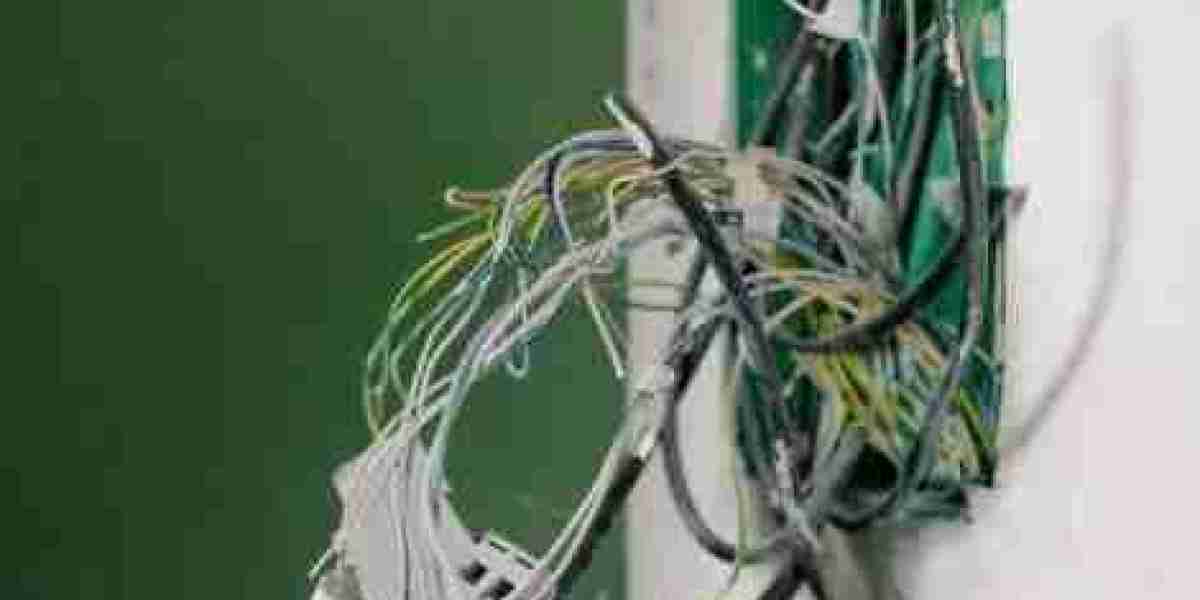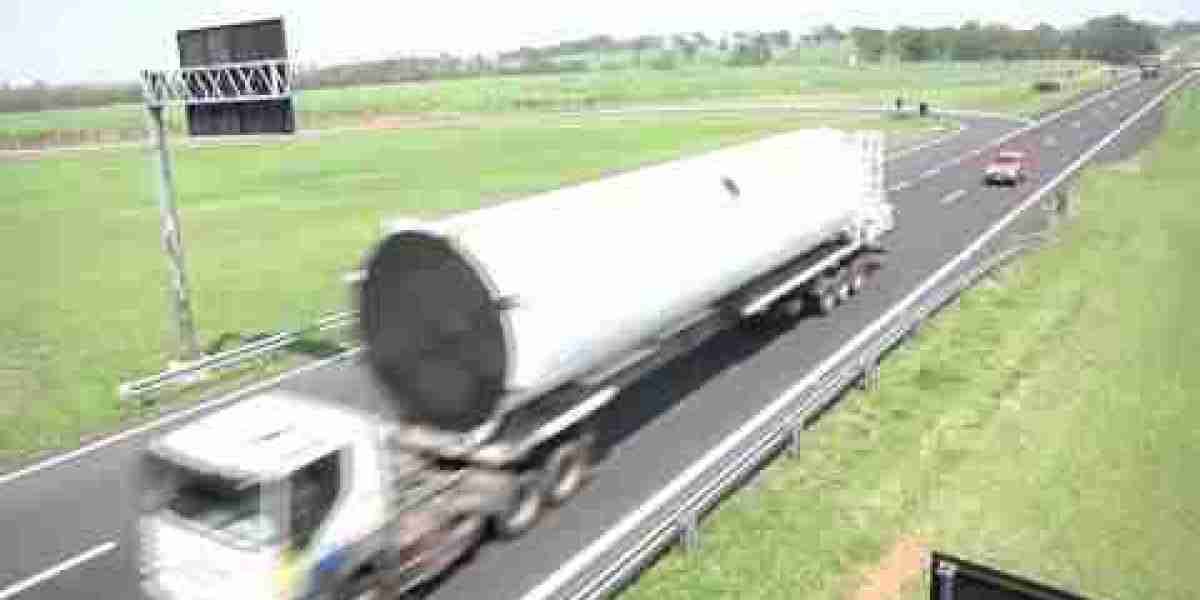Knob and tube wiring was once the standard electrical system in homes built between the 1880s and the 1950s. While this system was an innovative solution at the time, it is now considered outdated and potentially hazardous. Many Canadian homeowners find themselves needing to upgrade or replace their knob and tube wiring to ensure their homes are safe and meet modern electrical standards. In this article, we will explore everything you need to know about knob and tube electrical systems, including their risks, replacement options, and how they affect your home’s value.
What Is Knob and Tube Wiring?
Knob and tube wiring, also referred to as knob-and-tube wiring, is an early electrical wiring method that consists of copper conductors run through ceramic knobs and tubes. The knobs held the wires in place, while the tubes protected the wires as they passed through wooden structures. This system was widely used before modern electrical wiring techniques became available.
How Does Knob and Tube Electrical Wiring Work?
The knob and tube electrical wiring system is different from modern wiring because it lacks a ground wire. It typically consists of two wires – a hot wire and a neutral wire – which run separately. These wires are covered in rubber insulation, which can degrade over time, increasing the risk of electrical hazards.
Common Concerns with Knob and Tube Wiring in Canada
Although knob and tube wiring was effective for older electrical systems, it poses several safety concerns today:
Lack of Grounding:
Unlike modern electrical systems, knob and tube electrical wiring does not have a grounding wire. This makes the system less safe, increasing the risk of electric shock and fires.Aging and Wear:
Over the decades, the insulation on knob and tube wiring can deteriorate, exposing the wires and increasing the likelihood of electrical faults.Overloading:
When knob and tube wiring was installed, homes used far less electricity. Modern appliances and increased electrical usage can easily overload this outdated system, leading to overheating and fire hazards.Improper Modifications:
Over time, many knob and tube electrical systems have been modified or improperly repaired, further increasing safety risks. Homeowners or unqualified electricians may have added circuits or spliced wires without following safety standards.Insurance Difficulties:
Many insurance providers in Canada view knob and tube electrical wiring as a significant risk. Homeowners may struggle to get coverage or face higher premiums unless they replace or inspect their system.
Knob and Tube Wiring Panel and Electrical Panel Concerns
If your home still has knob and tube wiring, it is often paired with an outdated electrical panel. The knob and tube wiring panel may not be equipped to handle modern electrical loads. Furthermore, knob and tube electrical panels often lack proper circuit breakers or safety features, further increasing the risk of electrical fires.
Upgrading the knob and tube wiring panel is an essential step when replacing knob and tube electrical wiring. A modern electrical panel with circuit breakers and proper grounding will improve your home’s safety and electrical capacity.
Signs Your Home Has Knob and Tube Wiring
If you are unsure whether your home has knob and tube wiring, here are some common indicators:
- Exposed ceramic knobs and tubes in your basement or attic
- Two-prong outlets without a ground
- Older-style fuse boxes instead of modern circuit breaker panels
- Flickering lights, frequently blown fuses, or outlets that feel warm
Hiring a licensed electrician to inspect your home is the best way to confirm the presence of knob and tube wiring and assess its condition.
Should You Replace Knob and Tube Wiring?
If you have knob and tube electrical wiring in your home, replacement is often recommended. While knob-and-tube systems can still function, the safety risks and insurance issues make upgrading to modern wiring a wise decision.
Benefits of Replacing Knob and Tube Wiring:
- Improved Safety: Modern electrical systems are grounded and better equipped to handle today’s electrical demands.
- Increased Home Value: Updating from knob and tube wiring can increase your property’s resale value and appeal to potential buyers.
- Lower Insurance Costs: Upgrading your electrical system can help you secure better insurance coverage and lower premiums.
- Enhanced Electrical Capacity: Modern wiring systems support the increased power demands of modern appliances and electronics.
The Process of Replacing Knob and Tube Electrical Wiring
Replacing knob and tube electrical wiring involves several steps:
Electrical Inspection:
A licensed electrician will assess your home’s wiring system to determine the extent of knob and tube wiring.Planning the Upgrade:
The electrician will create a plan to replace the old wiring and install a new knob and tube wiring panel or upgrade your knob and tube electrical panel to a modern system.Rewiring:
The old knob and tube electrical wiring will be replaced with modern copper wiring, and grounded outlets will be installed.Panel Upgrade:
Your existing knob and tube wiring panel will be replaced with a modern electrical panel featuring circuit breakers and grounding.Final Inspection:
After the upgrade, a final inspection will ensure the new system meets current electrical codes and standards.
Costs of Replacing Knob and Tube Wiring in Canada
The cost of replacing knob and tube electrical wiring varies depending on the size of your home and the complexity of the project. On average, homeowners can expect to pay between $5,000 and $15,000 for a complete rewire and panel upgrade.
While this investment may seem significant, it enhances your home’s safety, increases its value, and can save you money on insurance in the long run.
Hiring a Licensed Electrician
Replacing knob and tube wiring is not a DIY project. It requires specialized knowledge and experience to ensure the work is done safely and meets building codes. When hiring an electrician, ensure they are licensed, insured, and experienced with knob-and-tube replacement projects.
Final Thoughts
Knob and tube wiring was once a reliable electrical system, but it no longer meets modern safety standards. Homeowners with knob and tube electrical wiring should consider replacing it to ensure their home is safe and compliant with current regulations. Upgrading your knob and tube wiring panel and knob and tube electrical panel can provide peace of mind, improve your home’s electrical capacity, and enhance its value.
When dealing with knob and tube wiring in Canada, it is crucial to work with qualified professionals who understand the unique challenges associated with this outdated system. Investing in a wiring upgrade today can protect your home and family for years to come.






